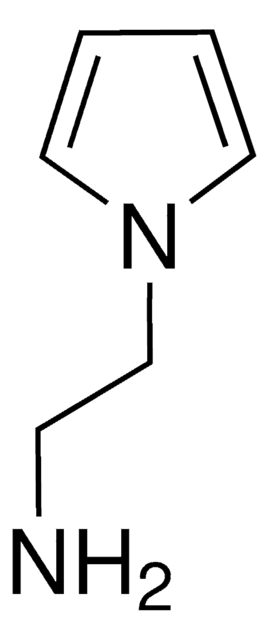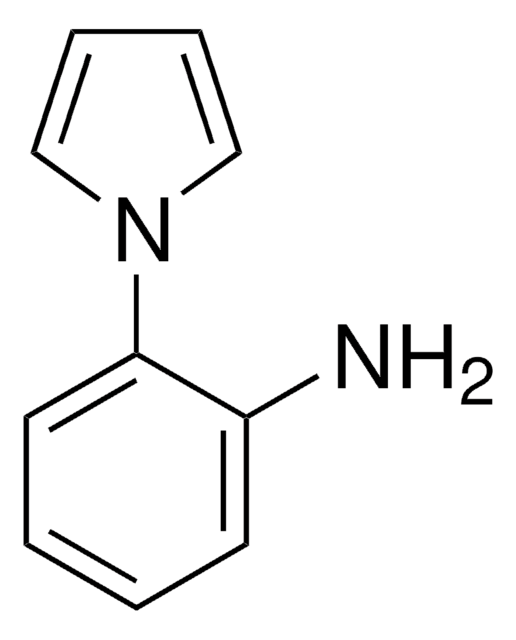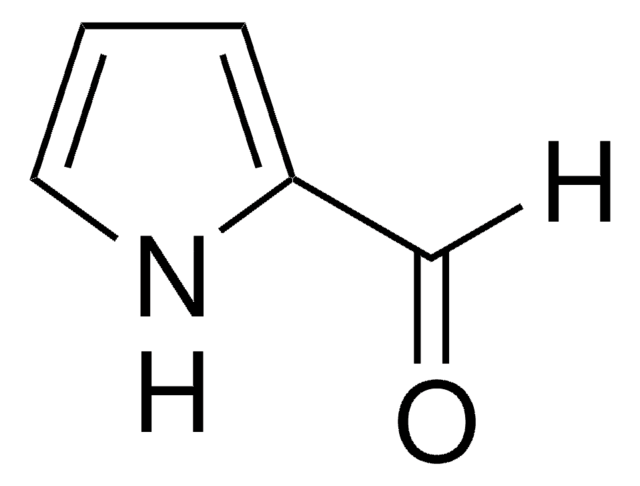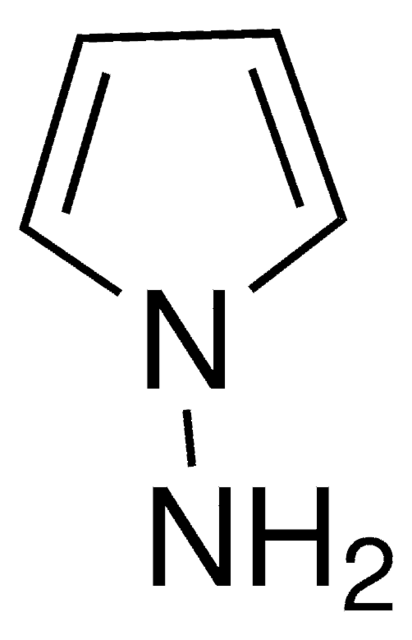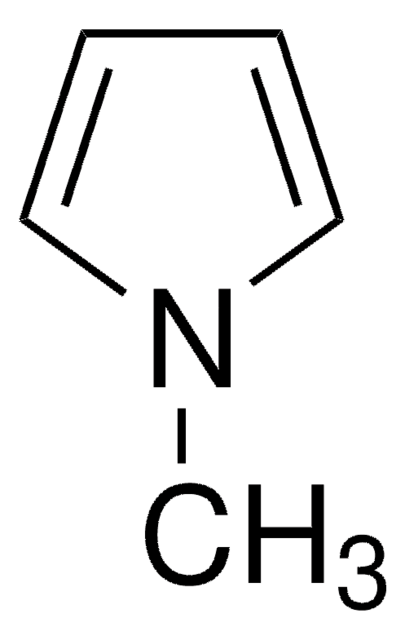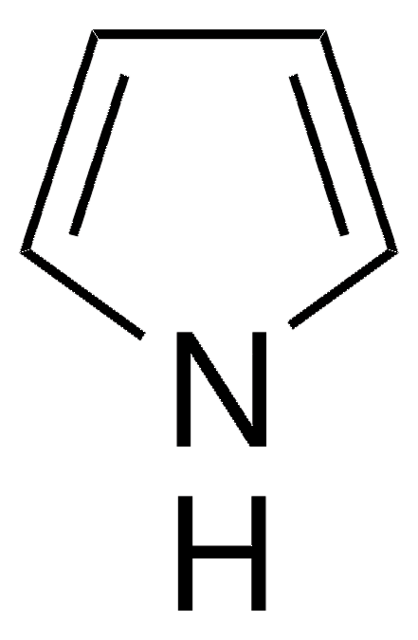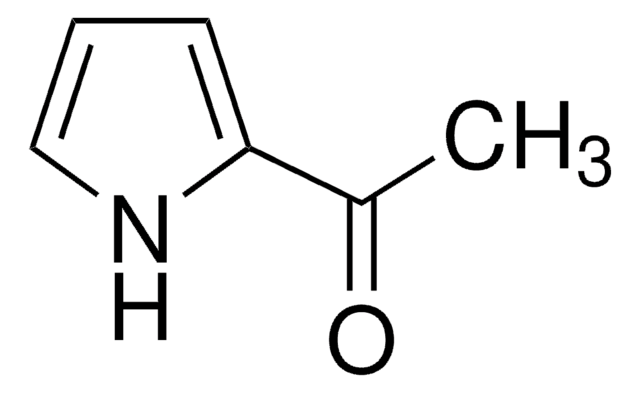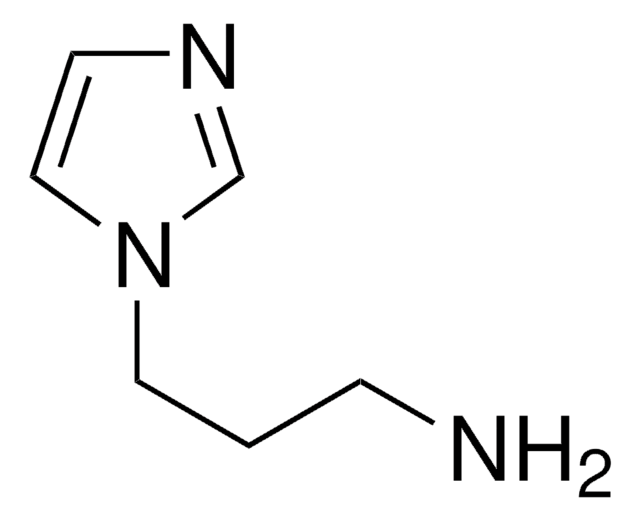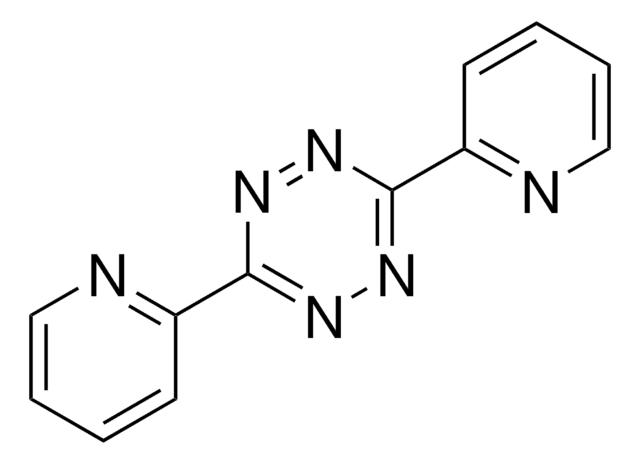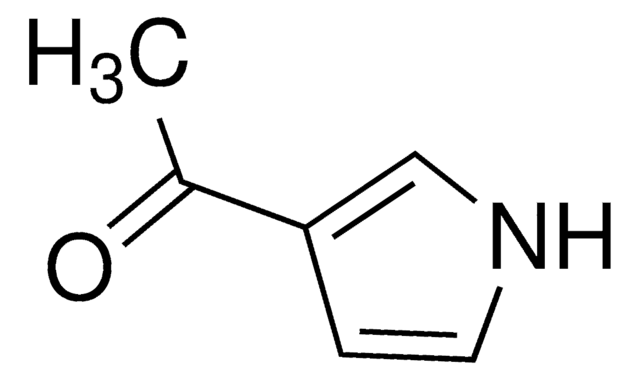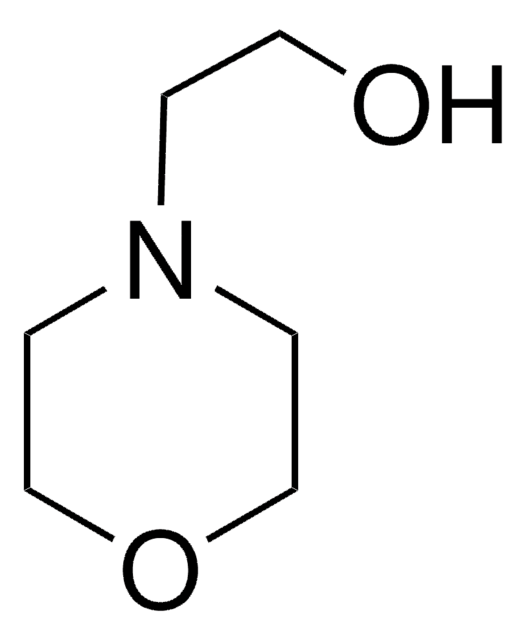C91352
1-(2-Cyanoethyl)pyrrole
≥99%
Synonym(s):
1-Pyrrolepropionitrile
Sign Into View Organizational & Contract Pricing
All Photos(1)
About This Item
Empirical Formula (Hill Notation):
C7H8N2
CAS Number:
Molecular Weight:
120.15
EC Number:
MDL number:
UNSPSC Code:
12352100
PubChem Substance ID:
NACRES:
NA.22
Recommended Products
Quality Level
Assay
≥99%
form
liquid
refractive index
n20/D 1.51 (lit.)
bp
132-133 °C/10 mmHg (lit.)
density
1.048 g/mL at 25 °C (lit.)
SMILES string
N#CCCn1cccc1
InChI
1S/C7H8N2/c8-4-3-7-9-5-1-2-6-9/h1-2,5-6H,3,7H2
InChI key
IYOLJLGYJMJLSU-UHFFFAOYSA-N
Related Categories
Signal Word
Warning
Hazard Statements
Precautionary Statements
Hazard Classifications
Acute Tox. 4 Dermal - Acute Tox. 4 Inhalation - Acute Tox. 4 Oral - Eye Irrit. 2 - Skin Irrit. 2 - STOT SE 3
Target Organs
Respiratory system
Storage Class Code
10 - Combustible liquids
WGK
WGK 3
Flash Point(F)
235.4 °F - closed cup
Flash Point(C)
113 °C - closed cup
Personal Protective Equipment
dust mask type N95 (US), Eyeshields, Gloves
Choose from one of the most recent versions:
Already Own This Product?
Find documentation for the products that you have recently purchased in the Document Library.
Customers Also Viewed
Muamer Dervisevic et al.
Journal of food and drug analysis, 25(3), 510-519 (2017-09-16)
The aim of this study was the electrochemical detection of the adenosine-3-phosphate degradation product, xanthine, using a new xanthine biosensor based on a hybrid bio-nanocomposite platform which has been successfully employed in the evaluation of meat freshness. In the design
Jae Y Lee et al.
Journal of biomedical materials research. Part A, 103(6), 2126-2132 (2014-10-09)
Electrically conducting polymers (CPs) have been recognized as novel biomaterials that can electrically communicate with biological systems. For their tissue engineering applications, CPs have been modified to promote cell adhesion for improved interactions between biomaterials and cells/tissues. Conventional approaches to
Our team of scientists has experience in all areas of research including Life Science, Material Science, Chemical Synthesis, Chromatography, Analytical and many others.
Contact Technical Service